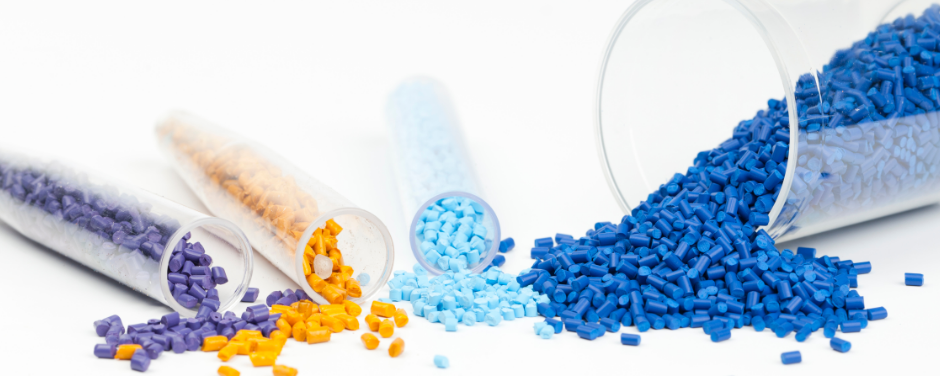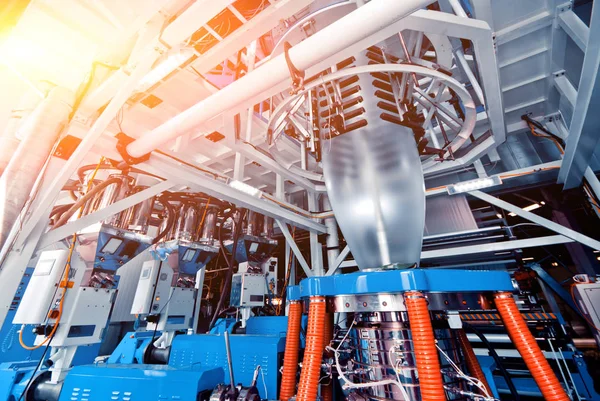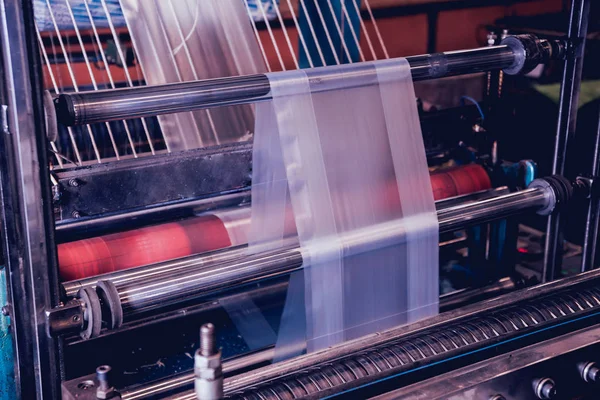Plastic bags play an important role in the consumer sector, which also requires environmental friendliness. Therefore, the production of plastic bags can be considered a complicated process. Wondering how plastic bags are made? You can summarize this process in a simple way as follows:
Stage 1: Mixing
HDPE/LDPE/LLDPE granules will be put into a giant hopper, then the mixture is melted in an extruder at temperature 350-500ᵒC. The exact amount of plastic granules will depend on the number of bags that need to be made.

Stage 2: Blowing
After being softened, a screw inside the extruder pushes the molten plastic through the machine and into the mold that controls the thickness of the product. The liquid is blown upward in the form of a giant tube through a process called blown film extrusion. This is when the liquid is inflated with air, creating a large plastic tube.

Stage 3: Printing
When the plastic pipe becomes cooler, giant rollers compress it into a large sheet of plastic then folded into large rolls for easy transport to the next stage of the production process.
With logo design or color printed bags need to go through this stage. Depending on the approved design, the number of printed colors, the number of printed bags, etc., the bag printing process will be handled by gravure or flexographic printing

Stage 4: Cutting
Pressing two printed sheets together to form the sides of the bag. The plastic can then be wound and cut to the most suitable size and shape based on the intended use or actual application of the bag.
This process is repeated until the required number of designer bags are enough for an order. Excess plastic will be removed and reused for smaller packaging if needed.

Stage 5: Packaging
The final step after production is carefully inspecting the bags, removing objects that may adhere to them, and then packing into large carton boxes, tightly sealed and ready to be shipped.


